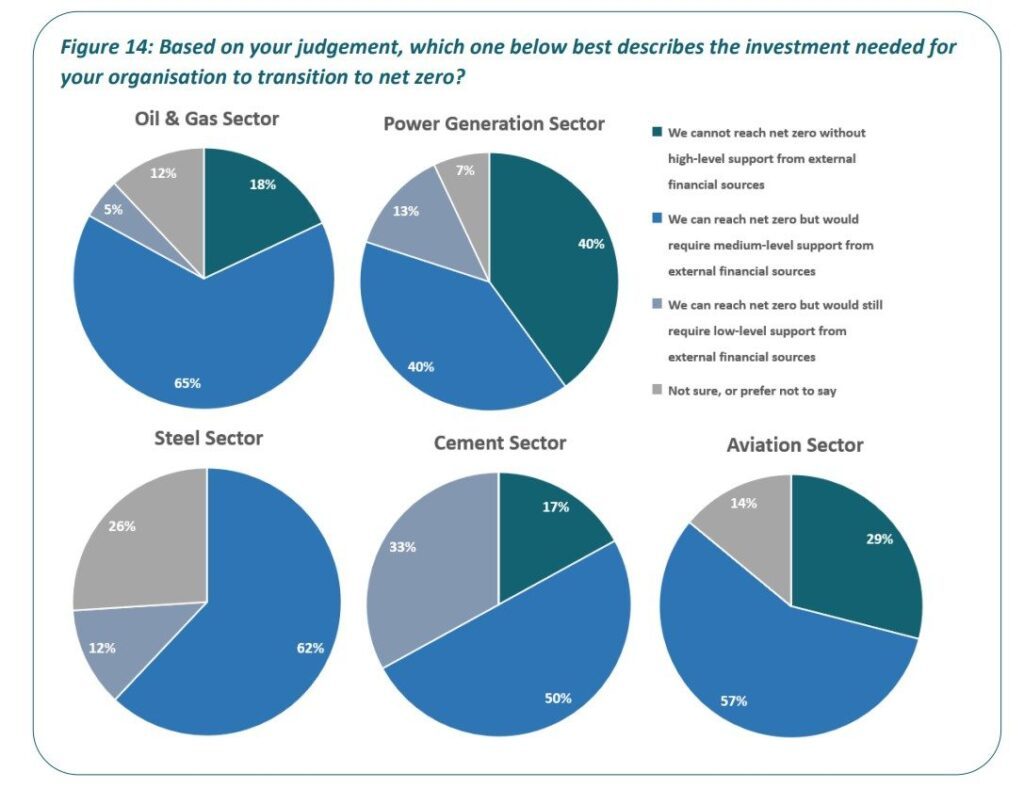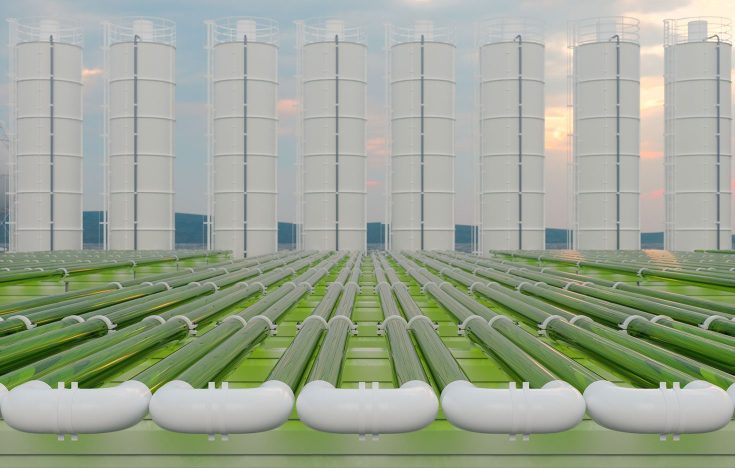Carbon Capture Utilisation Storage (CCUS) is considered by many to be an important clean technology to support carbon intensive industries in their transition to net zero. The International Energy Agency (IEA) predicts in its 2050 Net Zero Emissions scenario for the energy sector that CCUS applied to high emitting sectors could account for 19% of greenhouse gas emissions reductions if scaled rapidly in the coming years. Driving finance towards CCUS projects and developing infrastructure across the CCUS value chain will be critical; but will rely on sustainable business model implementation.
A known but evolving technology
Carbon capture utilisation storage is a grouped term to describe ways to trap CO2 and either store (CCS) or utilise (CCU) the carbon. Currently, the most advanced and widely adopted carbon capture technologies are chemical absorption and physical separation – using either solvents (amine or methanol) or solid sorbents. This can achieve a high capture rate of up to 80-95% at the point of capture, which is generally performed at the highest concentrated point of gas emission exhausts. The capture rate depends on concentration of CO2 at source however. The technology is evolving rapidly, but challenges remain to ensure efficiency and that the process produces a net climate benefit.
Transporting the captured carbon involves a complex value chain, including shipping, ports, pipelines, truck and rail. Currently around 8000km of pipelines are used, with some innovative operators also retrofitting oil and gas pipelines to transport CO2. However, there remains a large infrastructure gap; the IEA predicts that CO2 transportation infrastructure needs to increase 100 fold in the next 30 years to achieve the 2050 net zero scenario.
The development of the technology has accelerated over the last decade, driven by the urgency of the climate crisis, increase in the price of carbon, and investment in the hydrogen value chain (see box) – which uses CCUS in some of its production processes. Innovation has flourished, and the carbon tech sector has seen the emergence of numerous start-ups, backed by investor appetite.
Industrial clusters are also emerging, bringing together expertise, skills and helping to localise processes across capture, transportation, storage and use. Currently, storage (CCS) is more developed than utilisation (CCU). There are around 30 operational CCS sites in the world according to IEA data in 2020, with more under development in the coming years.
| Difference between CCS and CCU | |
| Carbon Capture Storage (CCS) Process | Carbon Capture Utilisation (CCU) Process |
|
|
Creating a Carbon Capture value chain
The potential to scale up carbon capture technologies across carbon intensive sectors remains high. CCUS involves the capture of CO2 from large point sources, including power generation or industrial facilities that use either fossil fuels or biomass for fuel.
- Power and industrials: CCUS can be integrated into existing power and industrial processes to reduce emissions at source
- Cement, steel and chemicals: Hard-to-abate process emissions can integrate CCUS to realise an ambitious CO2 reduction pathway. For example, according to the IEA if the cement sector captures process emissions that are un-abatable, (arising from heating limestone, which breaks down into calcium oxide and CO2), then this could tackle up to two-thirds of the 2.4 Gt of emissions from global cement production, which equates to roughly 4% of total energy sector emissions.
- Hydrogen: Currently around 40% of the still nascent low carbon hydrogen sector comes from fossil fuel-based production that integrates CCUS. Predicted total estimated investment for the hydrogen value chain (including government targets) amounts to USD500bn by 2030, according to the Hydrogen Council.
A vital aspect of scaling up carbon capture technologies through finance involves supporting solutions across the whole value chain and with multiple sectors. This includes identifying potential assets, engaging with investors, understanding the policy landscape, and creating bespoke financing approaches which are focused on a tangible net zero pathway.
Fabienne Moimaux, Managing Director, Low Carbon Transition Group, BNP Paribas CIB
The deployment of hydrogen will have a significant impact on CCUS in two main ways:
Blue Hydrogen is produced using natural gases (methane) with CCS integrated, and is considered an important transition vector before full deployment of green hydrogen in the future, due to current cost dynamics and technological factors. Blue hydrogen will therefore require huge investment in CCS to store emissions from gas combustion.
Green Hydrogen is produced using renewable energy sources. When green hydrogen is combined with CO2 it enables the production of e-fuels, seen as a key solution to decarbonize aviation and shipping.
Supportive policy landscape
Policy and taxation are important factors for the development of the sector, and can support the commercial viability of innovation in low cost CCUS applications.
In the US, there is the 45Q tax credit for carbon sequestration, meaning companies can earn up to $50 per tonne of CO2 stored. In Europe, governments have also increased direct public funding for new projects. For example the UK government announced up to £1bn to support CCUS in four industrial clusters in the coming decades and is developing extensive business models, while the Norwegian government approved funding to develop the €2.3bn ‘Longship project’, supporting its ambition to develop a full-scale CCS value chain in Norway by 2024. The Netherlands are also investing, with the government committing €2.1bn for Porthos (Port of Rotterdam CO2 Transport Hub and Offshore Storage), a project aiming to transport CO2 from industry in the Port of Rotterdam and store the carbon in depleted gas fields beneath the North Sea.
Finance as a lever to scale up CCUS
For sectors using CCUS, the financing needed to achieve net zero is significant and scaling up support is vital. A recent industry survey on net zero transition across hard to abate sectors – commissioned by BNP Paribas with the University of Cambridge Institute for Sustainability Leadership (CISL) – found that the majority of respondents require medium or high-level support from external financial sources in order to achieve net zero transition. For example in the O&G sector, 83 per cent of surveyed companies identified a need for medium-level or more financing support to transition to net zero, with the same levels of financing support needed by 80 per cent of the power companies, 67 per cent of the cement companies and 62 per cent of the steel companies surveyed*.

*Surveyed 53 corporates across 24 countries around the globe between September and November 2021.
Given the interconnectedness of the carbon capture value chain, tailor made financing solutions will be essential for supporting companies across oil and gas, power generation, cement, steel and beyond. This will include project finance, sustainable debt and equity solutions, advisory and collaboration with connecting across to start ups and innovators across ecosystems.
When it comes to supporting new transition technologies, driving financing towards innovations across the carbon capture ecosystem and developing regional CCUS clusters will be essential for scaling up net zero in hard to abate industries.
Aymeric Olibet, Sustainable Business Advisor, Sustainable Business Competence Centre, BNP Paribas Fortis

